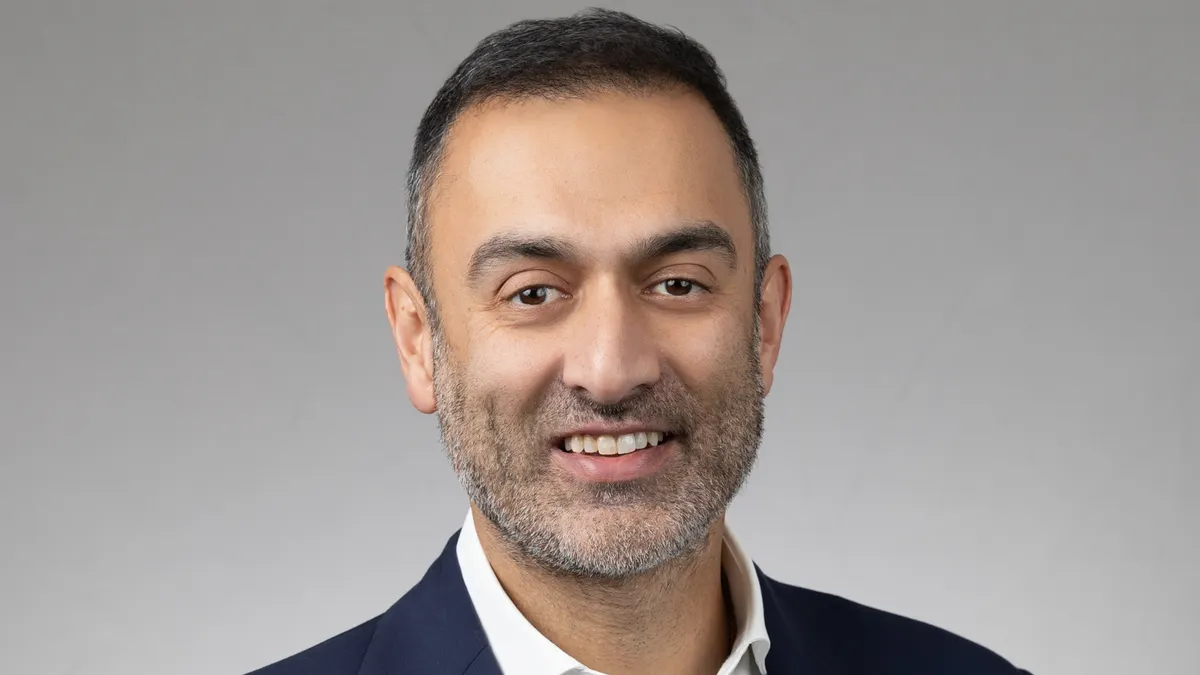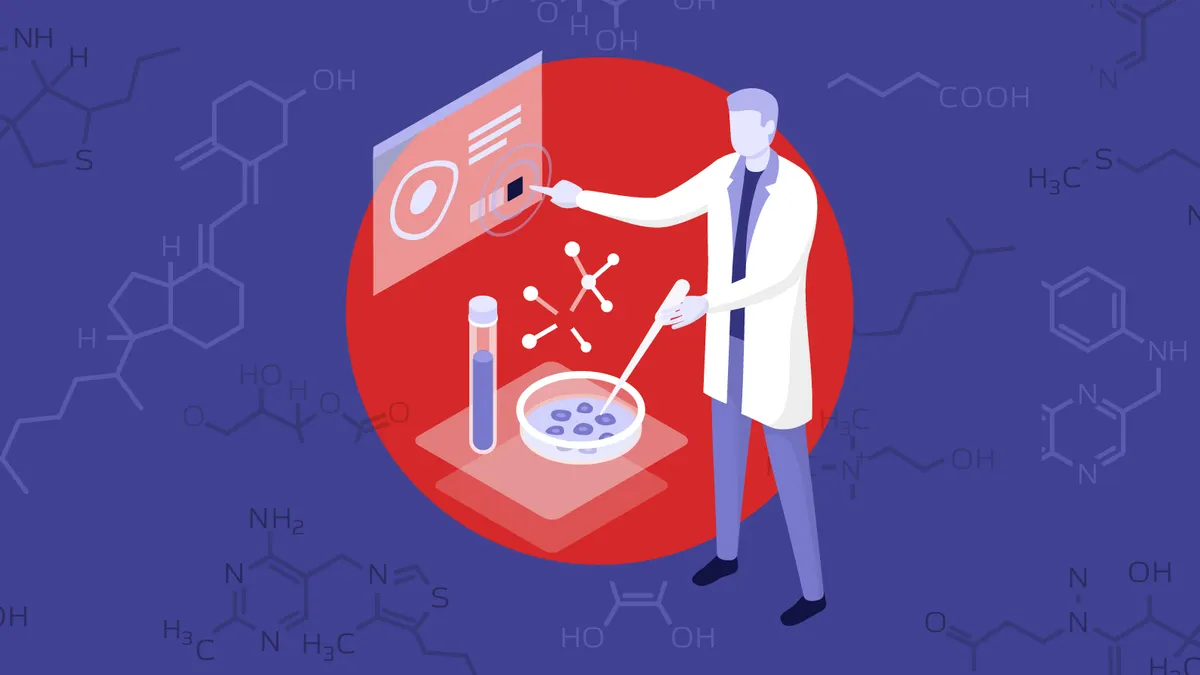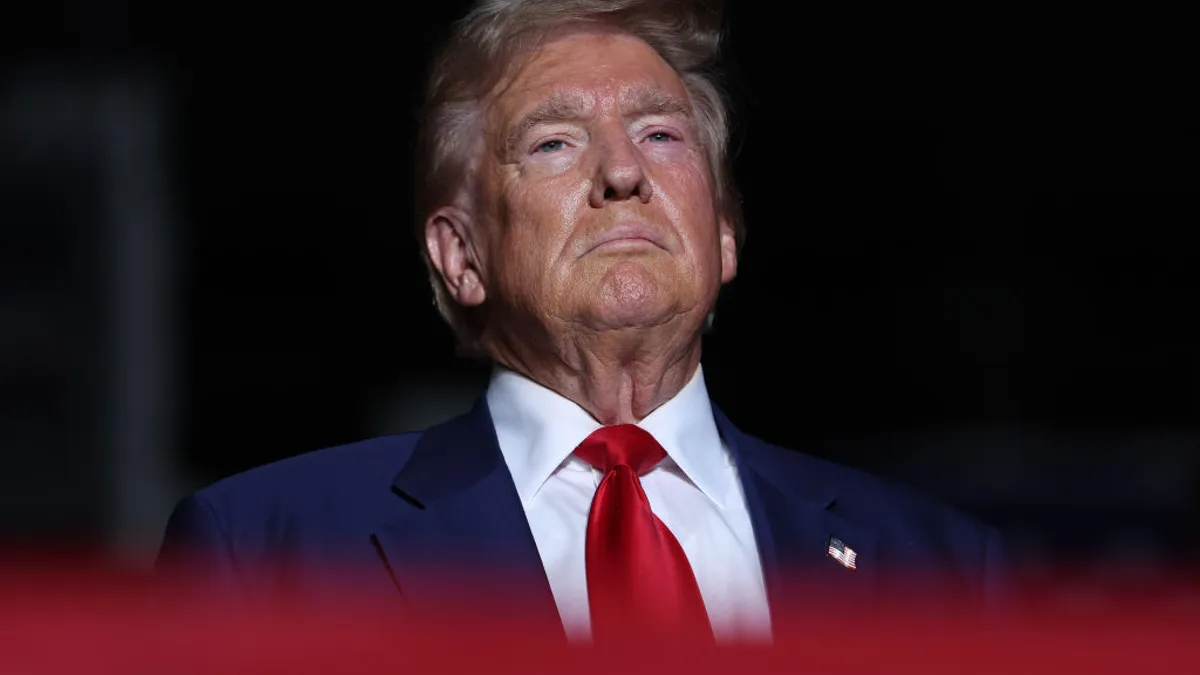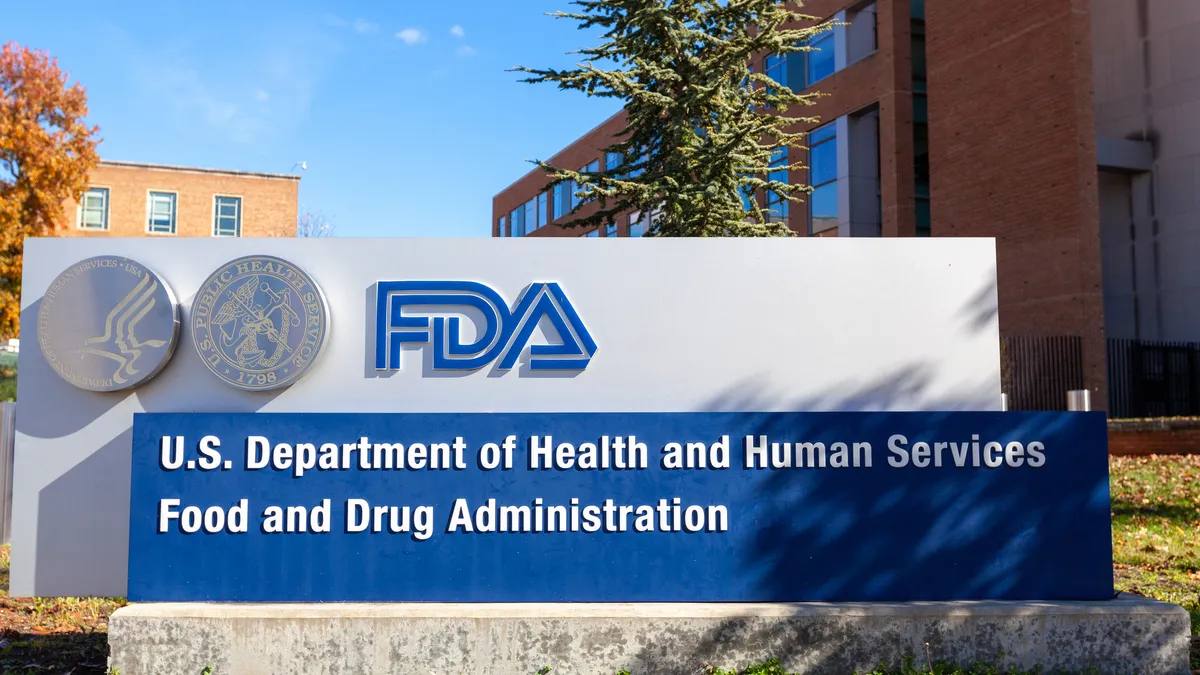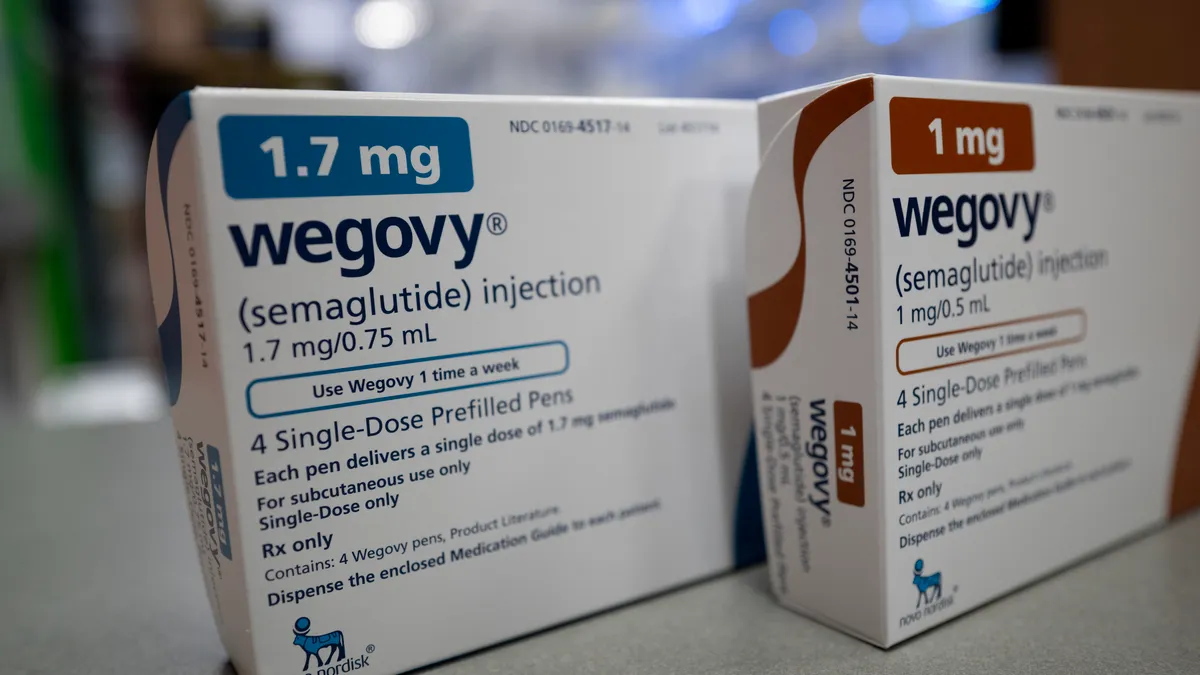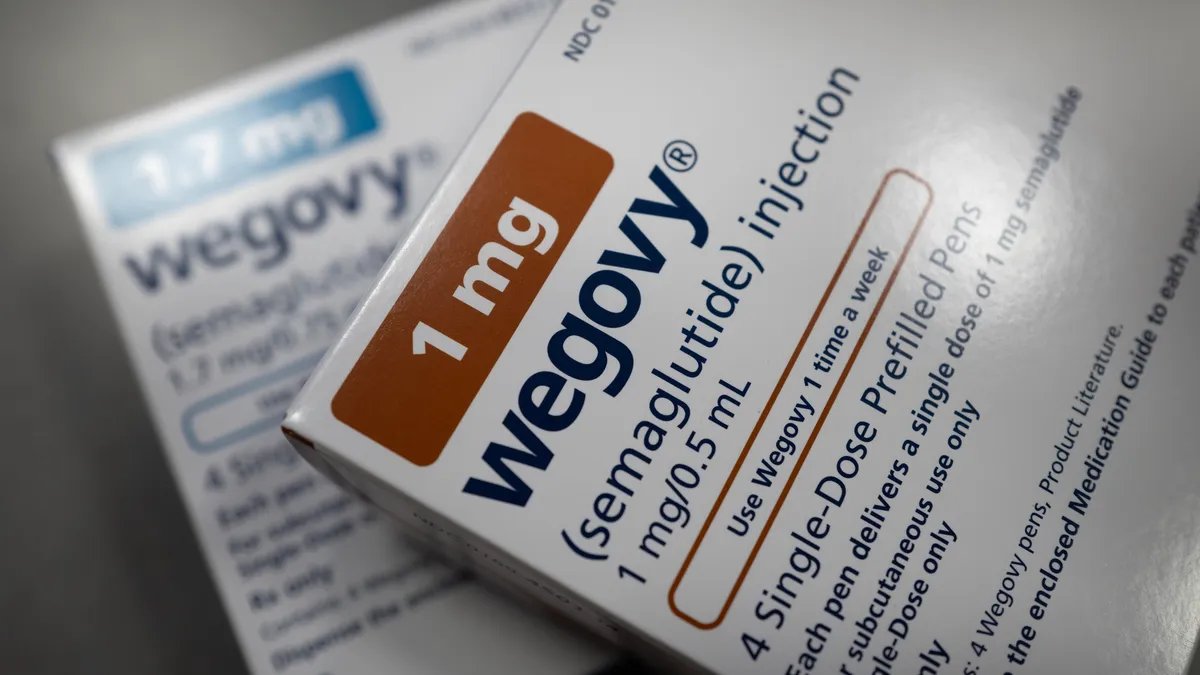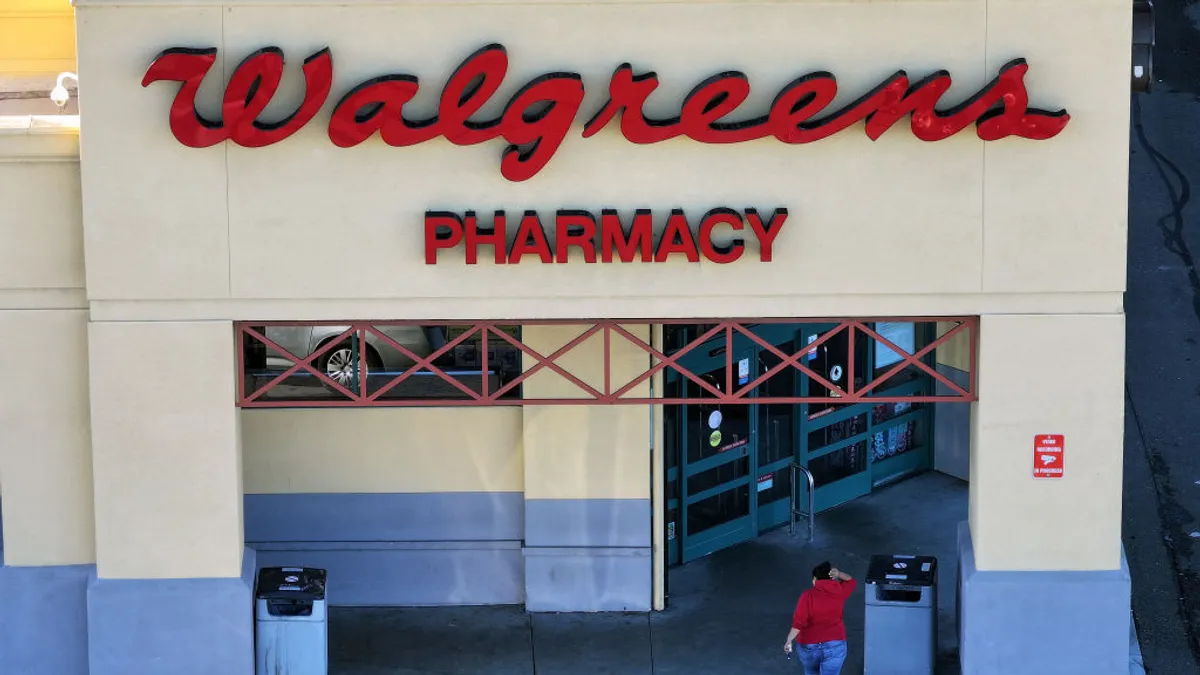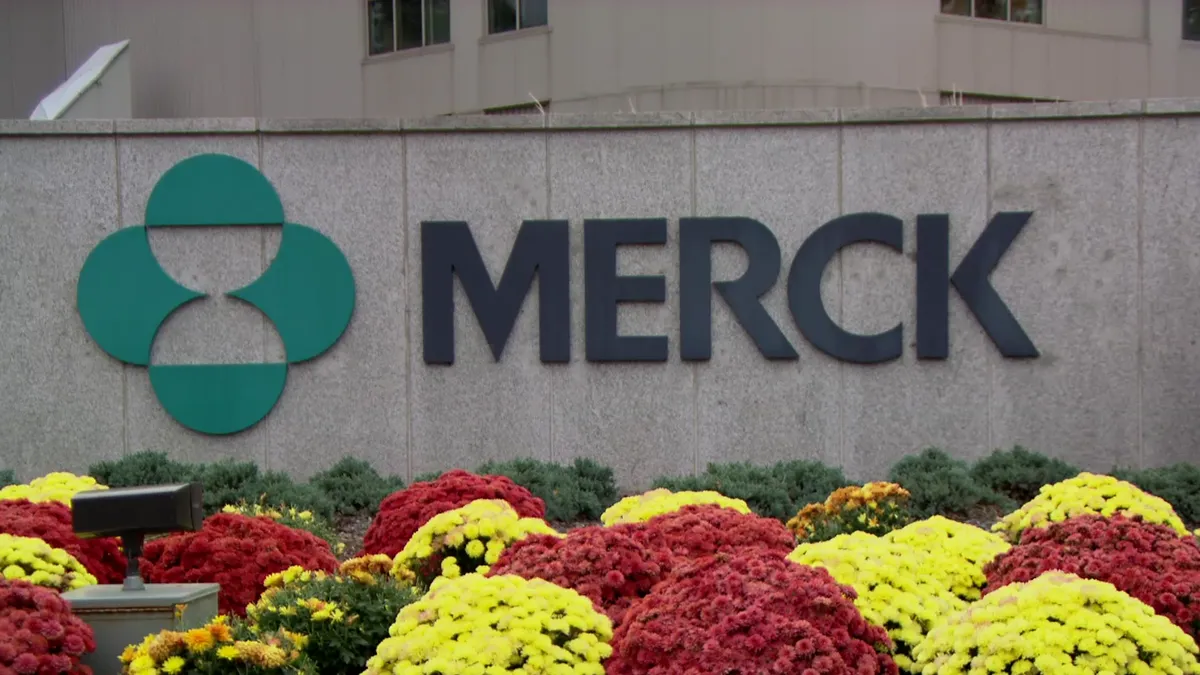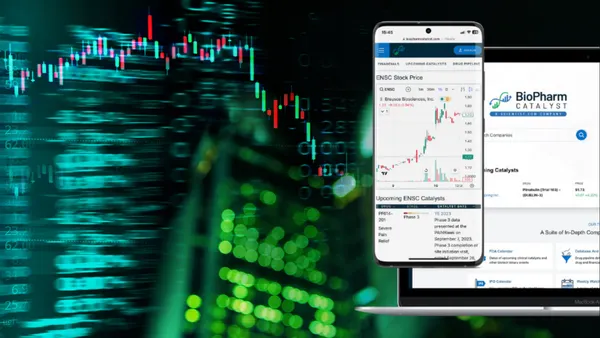Neil Kumar has for years contended his unorthodox drug company is overlooked by biotechnology investors. He may not have that problem for much longer.
The company he leads, BridgeBio Pharma, is in the early stages of launching a treatment for a heart condition called transthyretin amyloidosis with cardiomyopathy. Though the drug, Attruby, isn’t BridgeBio’s only approved product, it has the largest financial upside.
Global sales of the other marketed therapy for the condition, Pfizer’s tafamidis, were on track to eclipse $5 billion last year, reflecting a market that analysts forecast could eventually be worth $15 billion to $20 billion annually.
BridgeBio is trying to make the case Attruby, which similarly stabilizes a misshapen protein, is more potent. The two drugs haven’t been directly tested against each other, however.
BridgeBio could also soon have as a third competitor Alnylam Pharmaceuticals, which has different type of therapy under review by U.S. regulators. Both Pfizer and Alnylam have larger salesforces and more established commercial track records than BridgeBio — one reason why investor expectations are “far lower” for BridgeBio’s drug, Cantor Fitzgerald analyst Josh Schimmer wrote last year.
That skepticism is reflected in BridgeBio’s stock price, which is worth less now than it was one year ago. The company’s valuation, Kumar told BioPharma Dive in November, implies a pessimistic outlook in which Attruby is “the worst second-mover launch of all time.”
Kumar is used to such doubts. BridgeBio’s structure, as a centralized ‘hub’ with a web of biotech ‘spokes,’ is meant to be a more cost-effective way of making drugs, but isn’t generally popular with public investors. Attruby, which for a time was under the ownership of a spoke called Eidos Therapeutics, is an example of how BridgeBio’s system can work: It was developed for lower cost than what’s typical in the industry, according to Kumar.
But along the way, BridgeBio’s value slumped, the public markets turned against biotech and investors zeroed in on companies they thought most likely to get bought, he said.
“The whole problem with biotech is it's such a long ecosystem. I've been working on that goddamn drug for ten-and-a-half years, and I'm just starting to launch it,” Kumar said. “It's an amazing journey, but most people do not want that.”
Kumar says the company is finally on the verge of a breakout. Early prescription numbers revealed at the J.P. Morgan Healthcare Conference last week suggested Attruby’s launch could beat Wall Street’s projections and lifted shares by nearly 30%. The company is also expecting Phase 3 readouts over the next year or so that could put it on a “path to profitability in the next several years,” Leerink Partners analyst Mani Foroohar wrote last week.
Kumar spoke with BioPharma Dive about BridgeBio’s battles for investor support and its plan to win market share. The following conversation has been edited and condensed for clarity.
BIOPHARMA DIVE: There’s been debate about the merits of ‘hub-and-spoke’ biotech. Why lean into that model when public investors, at least so far, haven’t rewarded you for it?
NEIL KUMAR: We employ it for three reasons. One is we like to focus at the level of biology for each disease. Another is we want to marry that with the fact most things fail in our industry. We wanted diversification at the central level so we could shut down what wasn't working and focus on what was. And lastly we wanted the efficiencies that come from having a centralized backbone.
Why is it difficult to convince investors of that value?
KUMAR: Only two types of value get rewarded by investors. One is, ‘I think you’re going to get bought.’ For the last three years, all investors have generated alpha from is betting on companies that get bought, so they want to be in spaces where M&A is going to happen. They don't really want to create the next big company. They just want to create the asset that gets bought.
The other is owning recurring revenue, which means you have a drug that’s running off revenue. But even if you do have a drug product, they want you to be a single-asset company, because then you can easily get bought.
The hub-and-spoke model becomes very difficult to explain to those people. Or they just don't want to invest in it because they're not interested in investing in you as an allocator of capital. They're like, ‘I can do that myself.’
What could change investor views?
KUMAR: We could turn the corner because this market has been so difficult. At some point, someone is going to say there has to be a [profitable] way to do it. At some point, someone has to care I progressed Eidos all the way through Phase 2 for less than $60 million. If I were in a venture capital-backed company, it would’ve cost hundreds of millions of dollars. If I were in pharma, it would’ve cost even more.
Key to BridgeBio’s success is Attruby. What gives you confidence it can compete against one similar, already-established product and another that could be on the way this year?
KUMAR: On the clinical side, it's continuing to talk about the messages that are on [Attruby’s] label. As early as three months, we see an impact on a combination of hospitalization and death. I haven't seen that elsewhere. We have a 42% reduction on that endpoint at 30 months and a 50% reduction in hospitalization at 30 months. Hospitalizations are most of the events in these trials. The fact that we're keeping people out of the hospital in that profound way means people are living longer and living better. And we are a more potent stabilizer [than tafamidis].
We’re also doing more clinical experiments than almost anyone else to continue to elaborate on, ‘Okay, how do we treat the [atrial fibrillation] population? What do we do for renal disease?’
On the access side, we priced at a slight discount to tafamidis. Alnylam’s [drug] is double the cost of tafamidis. So not only do we believe we have the most effective drug, we also have a drug that has the lowest list price.
But list price isn’t the game in America, it's a lot of other stuff too. We designed everything about our distribution network to lower the bar for people to get on this drug should they want to. We're a small company. We're totally focused on this.
What did you learn from Pfizer’s launch?
KUMAR: They’ve had a killer launch. They do $6 billion in sales. They've done a nice job educating the community. But there are opportunities we hear from patients and physicians to do even better. I think as we do that, Pfizer will catch up, prices drop and everyone does better. That's how markets are supposed to work, and the beneficiary, ultimately, should be the patients.
What will you be watching should Alnylam’s drug get approved?
KUMAR: How early are they having an impact on hospitalizations and mortality? What's the degree of impact they're having at 30 months? And what do they look like on hospitalizations and the hospitalization data that they haven't published?
The silence on their hospitalization data is deafening. Where is it? People care a lot about hospitalizations. There are very expensive payer systems, and it’s one of the largest forms of morbidity associated with this disease.



